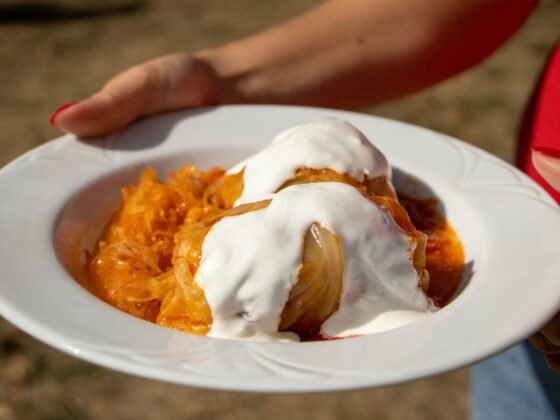In Cusco in Peru, the beginning of the New Year is celebrated on the winter solstice (the reverse to the Northern Hemisphere), which this year falls on 24 June 2012. At this time, the sun is the farthest from the earth, so ancient people would ask the Sun God to return. The celebration, Inti Raymi, or Festival of the Sun is the second largest festival held in Latin America and it originated during the time of the Inca Empire.
The history of Inti Raymi
The Inca Empire existed in South America until the middle of the 16th century. Inti was the Incan Sun God and also considered the ancestor of the Inca people. The festival, or Raymi, that honours him is Inti Raymi, during which priests conducted a ceremony in Cusco, the capital of the Inca Empire. The Inca people gathered during the pre-dawn hours of the winter solstice, waiting for the sun. When the sun rose, an offering was given at the Qoricancha, the Temple of the Sun, followed by the sacrifice of a llama to ensure bountiful crops. After this ceremony, there were nine days of celebration, including feasting, parties, dancing, singing, and general merrymaking.
Present day enactment of Inti Raymi
Inti Raymi is now celebrated in much the same way as it was in ancient times, except the llama sacrifice is performed symbolically. It is a huge festival with many thousands of people taking part in it. The all day celebration includes speeches, plays, music, prayers and lots of food. There are bonfires at sunset and a procession back to Cusco.
Visitors during this festival need to be aware that it is a very popular celebration and travel plans need to be made well in advance. Visitors also need to know that the festival continues during the week following June 24th. Purchasing a visitor ticket, that lasts for 10 days, is a good way to take in the culture and architecture of Cusco.









